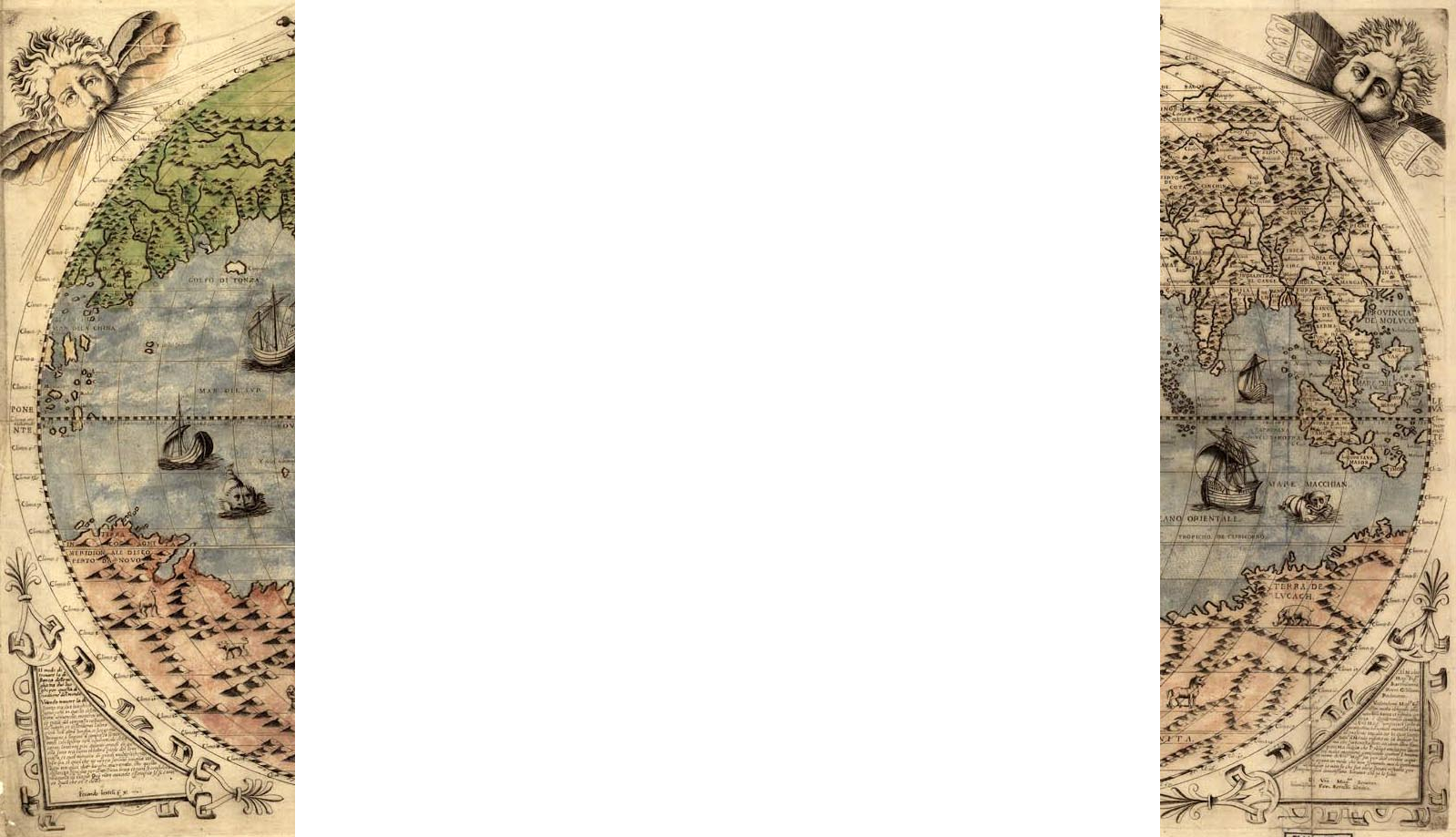William B. Cogar, Chesapeake Bay Shipwrecks, Arcadia Publishing, 2020. 9781467128827, Paperback, 128pg. $21.99USD.
By Dr. Jamie L. Goodall
 William B. Cogar’s Chesapeake Bay Shipwrecks is part of Arcadia Publishing’s Images of America series. The series tells a story about a place or event through visual imagery: portraits, photographs, artistic renditions, and maps. According to the author, the book is an attempt to capture the events of shipwrecks in the Chesapeake Bay making use of the limited imagery that exists. This story, however, was almost lost to history. The book is divided into 5 major chapters, each dealing with a different cause of shipwrecking. The first chapter explores shipwrecks that occurred as a result of explosions and fires. Chapter two discusses collisions that caused ships to wreck. The third chapter focuses on the role of war in shipwrecking while chapter four looks to natural disasters—notably storms. The fifth and final chapter deals with abandonment.
William B. Cogar’s Chesapeake Bay Shipwrecks is part of Arcadia Publishing’s Images of America series. The series tells a story about a place or event through visual imagery: portraits, photographs, artistic renditions, and maps. According to the author, the book is an attempt to capture the events of shipwrecks in the Chesapeake Bay making use of the limited imagery that exists. This story, however, was almost lost to history. The book is divided into 5 major chapters, each dealing with a different cause of shipwrecking. The first chapter explores shipwrecks that occurred as a result of explosions and fires. Chapter two discusses collisions that caused ships to wreck. The third chapter focuses on the role of war in shipwrecking while chapter four looks to natural disasters—notably storms. The fifth and final chapter deals with abandonment.
In the first chapter, Cogar demonstrates just how deadly and destructive explosions and fires could be. According to the author, “nothing is more frightening to a sailor than fire.” Despite vast improvements in methods of fire prevention and fighting, “explosions and fires remain the greatest hazards to seafarers” and constitute a major cause of shipwrecks. Fire could be the result of a single spark or an overturned cooking pot, which could ignite flammable pitch and tar. This could be due to a sailor’s carelessness or rough seas, but the end result was the same: horrific examples of shipwrecks caused by fire and explosions. The author managed to find over four dozen excellent images related to shipwrecks caused by fire or explosion. The images range from 1842 to 1964, from images of the ships themselves to artifacts found in the wreckage.
Another major cause of shipwrecks is collision—whether that was with other ships or with stationary objects like markers, buoys, and shoals. According to the author it is impossible to know just how many shipwrecks such as these went unreported, especially before the days of radio communication. Better navigational aids, more accurate charts, and technology like radar have decreased the number of collisions. But these improvements are only as effective as the people using them. One of the stories told in images is that of sister ships built in 1913—the City of Annapolis and the City of Richmond. They were excursion steamers operating on reciprocal courses between Baltimore and West Point on the York River. Both were modernized in the 1920s with the latest safety equipment, electric lights, and private statesrooms. Sadly, the ships are best known for colliding with each other, sinking the City of Annapolis. During the night of February 23, 1027 the City of Richmond hit fog, which altered the signals each ship gave out to each other. When the City of Richmond crashed into the City of Annapolis, 20 year old passenger Virginia Starkey was killed instantly. The City of Annapolis was abandoned and its remaining passengers and crew climbed aboard the injured City of Richmond.
The Chesapeake Bay has seen its fair share of military conflict. From the American Revolution to the War of 1812, from the Civil War to the Oyster Wars, hundreds of fights and skirmishes took place along the bay’s waters. And in the days before accurate weather forecasts, “sudden changes in the weather poised a serious threat to every sailor no matter what vessel he sailed and where in the Bay he was.” And sometimes shipwrecks were self-inflicted through abandonment. Each of these sections contain dozens of wonderful images to illustrate the author’s central point.
This book is thoroughly researched and makes excellent use of primary source materials to visually narrate the story of shipwrecks in the Chesapeake Bay. Each of the images is accompanied by a thoughtful caption highlighting key historical facts related to the image. If I had one suggestion, it would be to have some of the images in color to better bring life to the stories. I would strongly recommend this book to anyone with an interest in the history of shipwrecks or those with an interest in Chesapeake Bay history.






